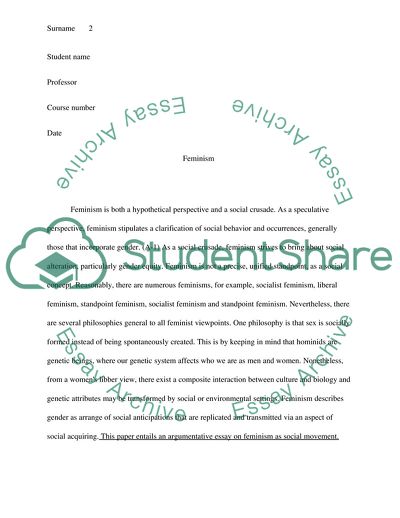Cite this document
(Young Women, Feminism, and the Future Case Study - 1, n.d.)
Young Women, Feminism, and the Future Case Study - 1. https://studentshare.org/gender-sexual-studies/1785751-argumentative
Young Women, Feminism, and the Future Case Study - 1. https://studentshare.org/gender-sexual-studies/1785751-argumentative
(Young Women, Feminism, and the Future Case Study - 1)
Young Women, Feminism, and the Future Case Study - 1. https://studentshare.org/gender-sexual-studies/1785751-argumentative.
Young Women, Feminism, and the Future Case Study - 1. https://studentshare.org/gender-sexual-studies/1785751-argumentative.
“Young Women, Feminism, and the Future Case Study - 1”. https://studentshare.org/gender-sexual-studies/1785751-argumentative.


